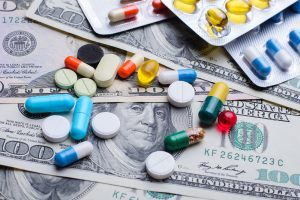

Recognized for excellence in substance abuse and behavioral health treatment by the Joint Commission
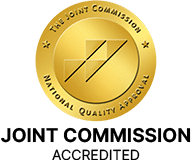
The 20 Most Expensive Drugs in the World
Explore the costliest medications ever made—from life-saving gene therapies to rare disease treatments—and why they come with million-dollar price tags.
Addiction Treatment Center
Twelve-step programs — In an American survey of treatment providers from three separate institutions (the National Association of Alcoholism and Drug Abuse…

The cost of prescription drugs has long been a hot-button issue in healthcare, but some therapies come with price tags...

What to Expect from a Drug and Alcohol Assessment
When someone is referred for a drug and alcohol assessment—whether it’s court-ordered, requested by family members, or recommended by a...

Drug Rehabilitation in New Jersey
The drug addiction epidemic in New Jersey is continuing to worsen. While many drug overdose losses involve the use of...

PTSD Rehab Center
Post-Traumatic Stress Disorder (PTSD) affects a person’s life in many ways. Often, they experienced flashbacks, anxiety, or nightmares related to...

Hypnotherapy for Addiction
Hypnotherapy is a psychological treatment that can help people overcome addiction. It uses clinical hypnosis to induce a natural, trance-like...

CBT Therapy NJ
Cognitive behavioral therapy (CBT) is a type of talk therapy or psychotherapy that is commonly used, not only by those...
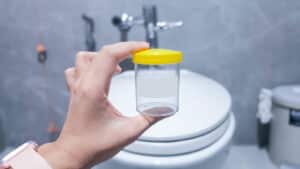
What happens if you add water to your urine test?
In the modern workplace, you’re likely to encounter drug testing at some point in your career. While a drug test...
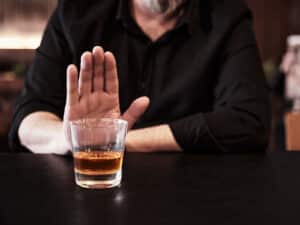
Sober vs Clean
The terms “clean” and “sober” are used interchangeably in the drug addiction recovery community. But this shouldn’t be the case....
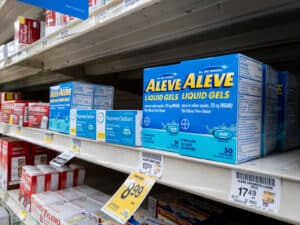
Aleve and Alcohol
Mixing drugs can lead to some substantial side effects, oftentimes much more significant than would be the case if one...

Does Ritalin Make You Talkative?
Ritalin, which is the brand name for the drug methylphenidate, is a commonly prescribed psychostimulant drug that is most generally...

Signs That My Boyfriend is Using Drugs
If you have never had to experience substance abuse first-hand, you might not know what to be on the lookout...
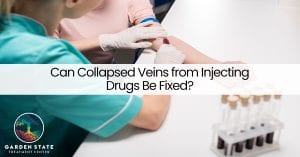
Can Collapsed Veins from Injecting Drugs Be Fixed?
There is a wide range of serious issues that go hand in hand with intravenous drug use. Not only is...
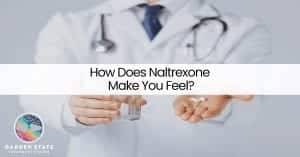
How Does Naltrexone Make You Feel?
Advancements in recent medical technology have given addicts much more of a fighting chance against the scourge of alcoholism and...
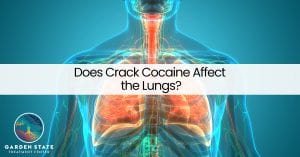
Does Crack Cocaine Affect the Lungs?
Cocaine has been a devastatingly addictive drug to users ever since its appearance in the club scenes and discotheques of...
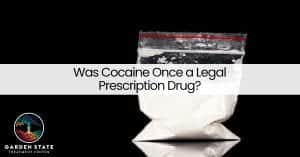
Was Cocaine Once a Legal Prescription Drug?
Many drugs that currently are illegal and carry criminal penalties began as useful medicinal therapies, such as opiates, cocaine, MDMA,...
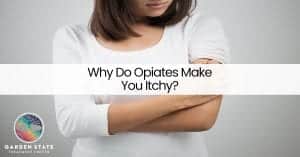
Why Do Opiates Make You Itchy?
Opiate narcotic pain relievers like oxycodone, hydrocodone, morphine, and codeine can be extremely useful for treating moderate or severe pain....

Is Dilaudid More Powerful Than Percocet?
The National Institute on Drugs (NIH) estimates that over 100 million Americans suffer from chronic pain. Chronic pain does not...
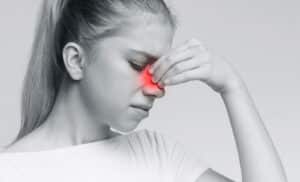
Does Cocaine Burn Your Nose?
Cocaine is a very addictive and illegal central nervous system stimulant drug that is derived from a plant called a...

